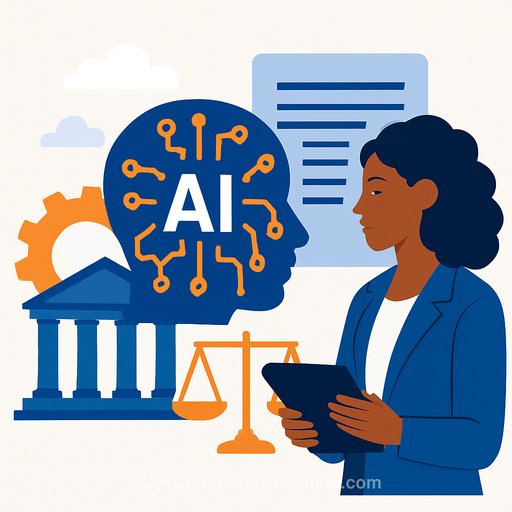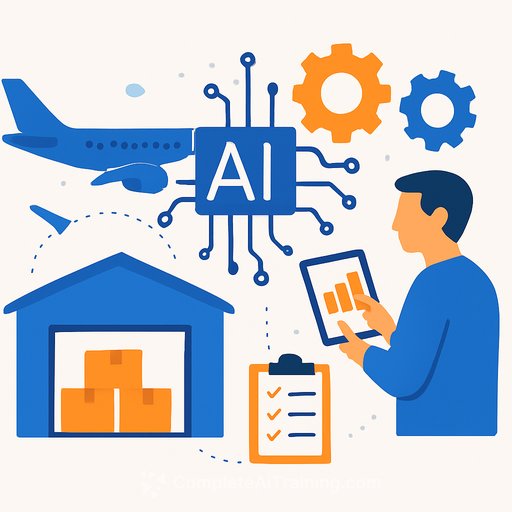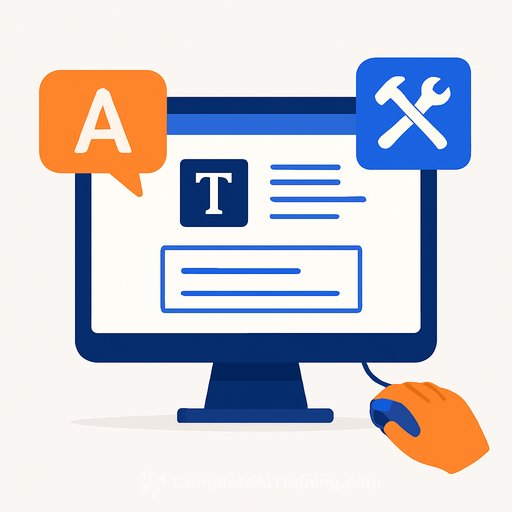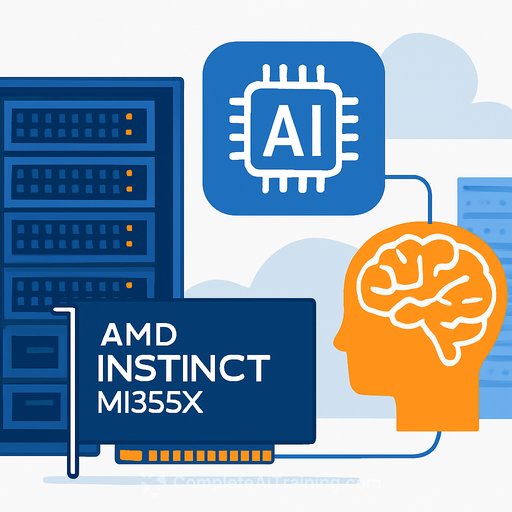Why AI Is Becoming the Backbone of Data Governance in Asset-Intensive Industries
Oil and gas, mining, manufacturing and utilities have poured money into analytics, IoT and predictive maintenance. Yet one gap keeps sabotaging results: weak data governance. Conflicting asset names, missing histories and mismatched fields across EAM, CMMS, MES, SCADA/DCS, GIS and field apps quietly erode trust. "TX-345" in one system, "345-TX" in another, and missing in a third-small discrepancies with big consequences.
Without trusted data, models degrade, reports mislead and asset strategies drift. That's why AI shouldn't stop at analysis. It should actively govern and improve the data itself-continuously.
Why Data Quality Matters
Asset information is scattered across legacy systems, engineering drawings, field devices and supplier portals. That fragmentation makes it hard to keep a clean view of an asset's age, condition and history. Meanwhile, reliability expectations are rising, regulators are stricter and decarbonization targets add pressure.
High-quality, well-governed data turns into a strategic asset. Industry research shows that better asset data and analytics can drive 10-20% O&M savings and materially extend lifecycles. Some utilities have reported 20-25% lower operating expenses and 40-60% lower capital spend with smarter maintenance and risk-based prioritization.
The Cost of Bad Asset Data
Incorrect age or condition on a refinery compressor can delay preventive action and create safety or production issues. Premature replacements inflate spares and capital costs. Safety, environmental, product-quality and reliability reporting all depend on consistent, auditable data across plants, mines, fields and networks.
The Old Governance Model Doesn't Scale
Manual policies, naming conventions and stewardship teams help, but they struggle across millions of assets and heterogeneous IT/OT. Traditional "clean-up projects" go stale fast. AI changes the model by moving governance from periodic audits to continuous monitoring and remediation.
How AI Enforces Data Governance
AI-Driven Data Observability
Think of a control room for your asset data. AI observability tracks completeness, accuracy and timeliness of critical elements like type, install date, failure codes and maintenance history-24/7. It spots patterns (e.g., a region missing warranty fields) and flags root causes such as schema drift, brittle integrations or poor form design.
Agentic AI for Data Remediation
Finding issues is easy. Fixing them at scale is the hard part. Agentic AI operates as digital assistants across EAM/CMMS, MES, historians, GIS, SCADA/DCS, ERP and external sources to validate, enrich and correct records.
Examples: a breaker marked "in service" in ERP but "retired" in SCADA; an asset marked "retired" in CMMS that still emits telemetry. The system proposes fixes, routes them to stewards for approval and applies corrections after review. The loop stays tight, measurable and ongoing.
A Practical Multi-Agent Architecture
Instead of one giant program, use a coordinated set of specialized agents with an orchestrator at the center. Each agent knows its domain; the orchestrator handles cross-checks and workflows.
- EAM/CMMS agent: Lifecycle states, work orders, spares, costs.
- MES/quality agent: Lots, test results, non-conformance, yields.
- GIS/facilities agent: Locations, topology, IDs, site layouts.
- OT/SCADA/DCS/historian agents: States, alarms, counters, telemetry.
- IoT/telematics agent: Mobile and fixed sensor streams.
- ERP agent: Financials, lifecycle accounting, maintenance records.
- External data agent: Manufacturers, manuals, registries, public data.
Orchestrator: Cross-system validation (e.g., lifecycle state across ERP, SCADA, GIS), steward approvals, write-back execution and continuous health scoring.
Least-Privilege Security Built In
Each agent should access only what it needs. Limit write-backs to approved fields and paths. This reduces the blast radius of mistakes or breaches and keeps audits clean.
Benefits Beyond Compliance
Continuous monitoring and remediation lead to better forecasts, more credible failure predictions and leaner maintenance. Fewer truck rolls, fewer unplanned shutdowns and lower O&M. Capital decisions improve because the inputs are trustworthy. ESG and regulatory reporting becomes faster and more accurate-and easier to defend.
The Next Decade: Autonomous Data Stewards
Expect interconnected AI stewards that reconcile records across EAM, GIS, ERP and SCADA, pre-populate attributes from manufacturer databases or satellite feeds and predict errors before they spread. Governance dashboards will feel like command centers-a living data health twin for the enterprise. Reporting becomes instant and auditable. Asset intelligence feeds straight into planning and investment decisions.
How to Get Started (IT, Dev, Operations)
- Define critical data elements: Asset type, IDs, location, install date, condition, warranty, failure codes, maintenance history.
- Instrument observability: Baseline data health (completeness, accuracy, timeliness) and set thresholds.
- Pilot agents: Start with two or three systems of record and a narrow asset class to prove the loop: detect → propose → approve → fix.
- Close the loop with humans: Steward workflows for high-impact changes; auto-approve low-risk fixes with audit trails.
- Enforce least-privilege: Scoped credentials, field-level write-backs, environment isolation and versioned runbooks.
- Measure impact: Track MTBF/MTTR, data health scores, avoided truck rolls, spare-part turns and capex deferrals.
- Scale by pattern: Templatize agents, validations and playbooks; roll out by asset family and region.
Set the Benchmark Now
Asset management is a trade-off between risk, reliability and cost. AI strengthens that equation by keeping asset data accurate, complete and current-every day, not once a quarter. If you start embedding intelligence into governance now, your analytics, maintenance and investment choices improve fast.
Want to upskill your team on agentic AI, data quality and applied automation? Explore practical training paths here: Courses by job and the latest programs here: Latest AI courses.
For foundational governance concepts, the DAMA-DMBOK is a helpful reference when formalizing policies and roles.
Your membership also unlocks:










